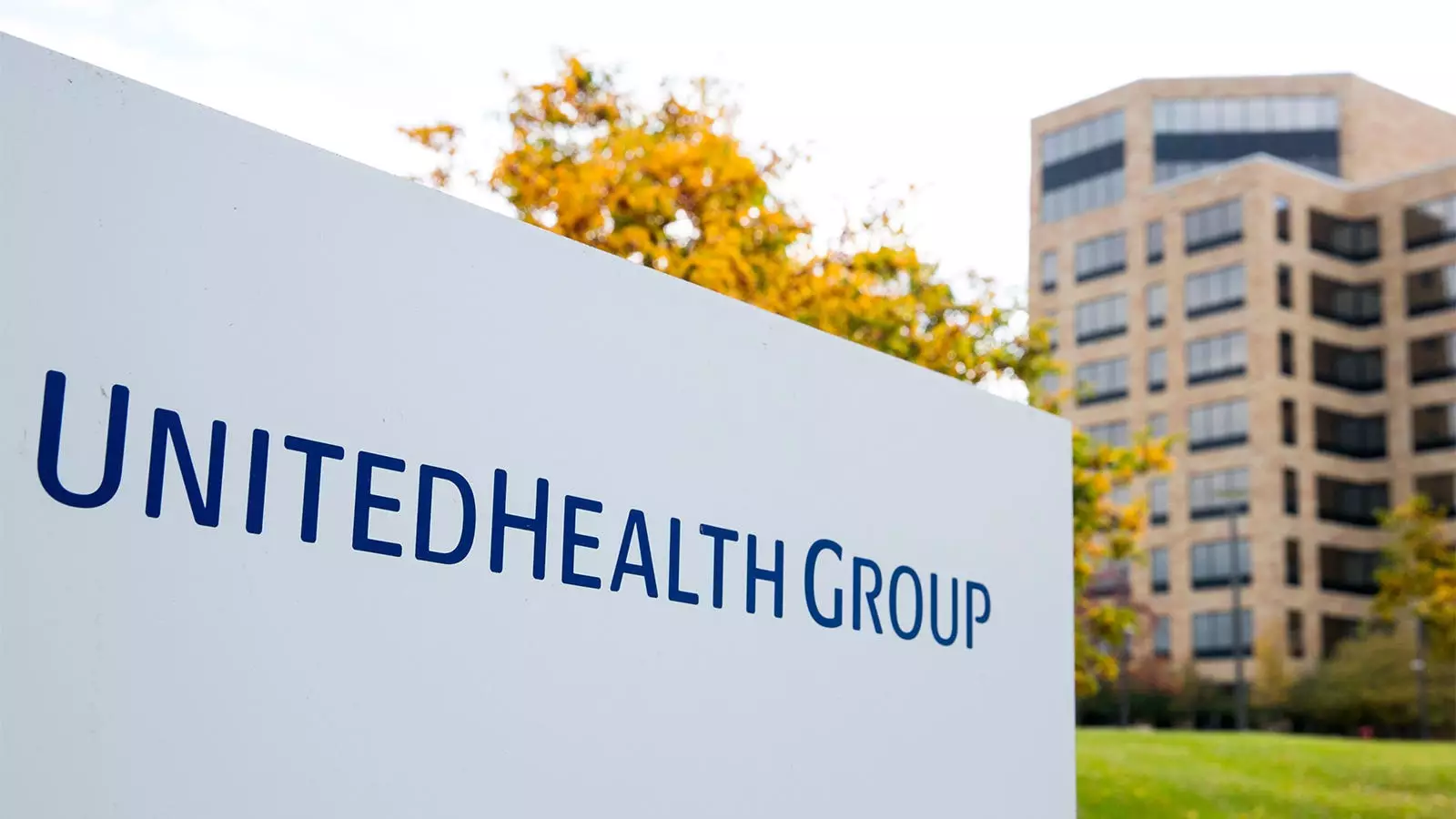UnitedHealth Group (UHG) recently reported a staggering revenue of nearly $400 billion in 2023, a figure that few could comprehend. Their profits of $22.4 billion and fourth-quarter earnings of $5.5 billion paint a picture of financial success that is almost unimaginable. With revenue increasing by 14.6% to $371.6 billion, UHG’s financial performance has reached levels that overshadow entire countries’ GDPs. The expectation of surpassing $400 billion in revenue in 2024 solidifies their position as a dominant force in the industry.
UHG’s rapid ascent to the top has been fueled by their strategy of vertical integration, epitomized by their ownership of healthcare services provider Optum and other key acquisitions. While this approach may seem beneficial on the surface, it has raised concerns about the implications for healthcare stakeholders. From control over health insurance to medical services, healthcare data, and pharmaceuticals, UHG’s monopoly-like dominance has led to a range of issues. These include questionable business practices, limited insurance options, poor health outcomes, high costs, and profits that may not necessarily benefit the broader healthcare ecosystem.
The consolidation of power in the hands of UHG and other vertically-integrated payers like CVS Health, Cigna Healthcare, and Humana raises critical questions about the future of healthcare. Are we witnessing a shift towards prioritizing shareholder wealth over patient care and provider autonomy? The concentration of U.S. physicians under UHG’s employment, coupled with allegations of using artificial intelligence to deny care, underscores the potential risks associated with such market dominance. The lack of regulatory oversight from entities like the Federal Trade Commission and the Department of Justice has allowed these giants to operate unchecked, posing significant challenges to competition and consumer choice.
While companies like UHG are entitled to pursue profits in a free-market economy, the scale of their operations and revenue raises concerns about market distortions and unfair advantage. The exponential growth in lobbying expenses and minimal regulatory scrutiny have enabled UHG’s expansion through acquisitions with little accountability. The recent antitrust investigation targeting the relationships between UHG’s insurance arm and Optum’s healthcare services division signals a potential shift in regulatory enforcement. The implications of this probe could have far-reaching consequences for industry consolidation and vertical integration practices, potentially reshaping the healthcare landscape.
The evolving healthcare market landscape calls for a proactive stance from regulators to safeguard the interests of patients, providers, and the economy. The growing dominance of a few key players, including UHG, highlights the need for stricter enforcement of anti-competitive practices to ensure a level playing field. By addressing market distortions, promoting fair competition, and holding industry giants accountable for their actions, regulators can help prevent further entrenchment of monopolistic practices and protect the integrity of the healthcare system.
The rise of UnitedHealth Group to unparalleled heights of financial success poses significant challenges and dilemmas for the healthcare industry. As regulators grapple with the implications of market consolidation and vertical integration, the need for decisive action to promote fairness, competition, and consumer choice has never been greater. Only by addressing these issues head-on can we create a healthcare system that prioritizes the well-being of patients and providers over corporate profits and market dominance.

Leave a Reply